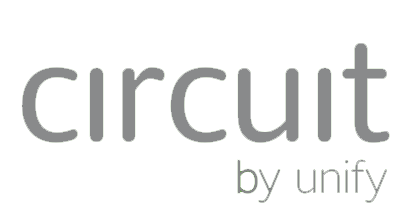Over the last several decades, companies have transitioned from separate offices to more open-plan work environments with cubicles or desks, to encourage teamwork and cross-pollination across the entire business. Combined with the increased use of mobile devices, and a virtual workforce including contractors, freelancers, and business partners, this is often referred to as the workplace of the future.
While there are many benefits to open-plan office layouts and increased worker mobility, sometimes the opportunity for collaboration gets in the way of getting things done. In today’s open-plan office environments, it can be very hard for workers to stay focused on the task at hand and get their work done without interruptions. An increasing number of employees are working from home, or becoming freelancers or entrepreneurs where they may work from their home or from a shared work space. Here, the interruptions can multiply, with spouses and children eager to interact, or repair-people, neighbors or mailmen demanding a little of your attention. Studies reported in the Wall Street Journal and the Guardian, from the University of California and other research institutions, have found that these disruptions can greatly affect an information worker’s productivity, with the average person needing almost 25 minutes to get back into their workflow after an interruption. Academic studies have found, in fact, that the average office worker is interrupted roughly every 3 minutes. The conclusion, then, is that most information workers find it almost impossible to get “into the flow” and concentrate on a single work task during the work day. This in turn is driving the increasing necessity to get one’s actual work done at home during the evening, or in the early morning before the work day officially begins. These trends lead to increased worker stress levels, decreased productivity and morale, and poorer work / life balance.
Unified Communications (UC) promises to solve some of these problems. According to a recent research study by Grand View Research, the global UC market size is expected to reach $76 billion by 2020, growing at a CAGR of 16.3% from 2014. However, UC by itself does not solve the challenge of staying productive and focused in today’s hyper-collaborative workplace.
Embrava’s solutions make it easier for workers to consolidate a single status indicator across all their unified communications, allowing them to focus on the task at hand when they need to, and quickly know when colleagues are available for a question, approval, or ad hoc consultation. Embrava’s solutions are designed to improve Information Worker productivity and time management in the workplace of the future – whether in the office, working from home, collaborating with a distributed team, or on the road.


















